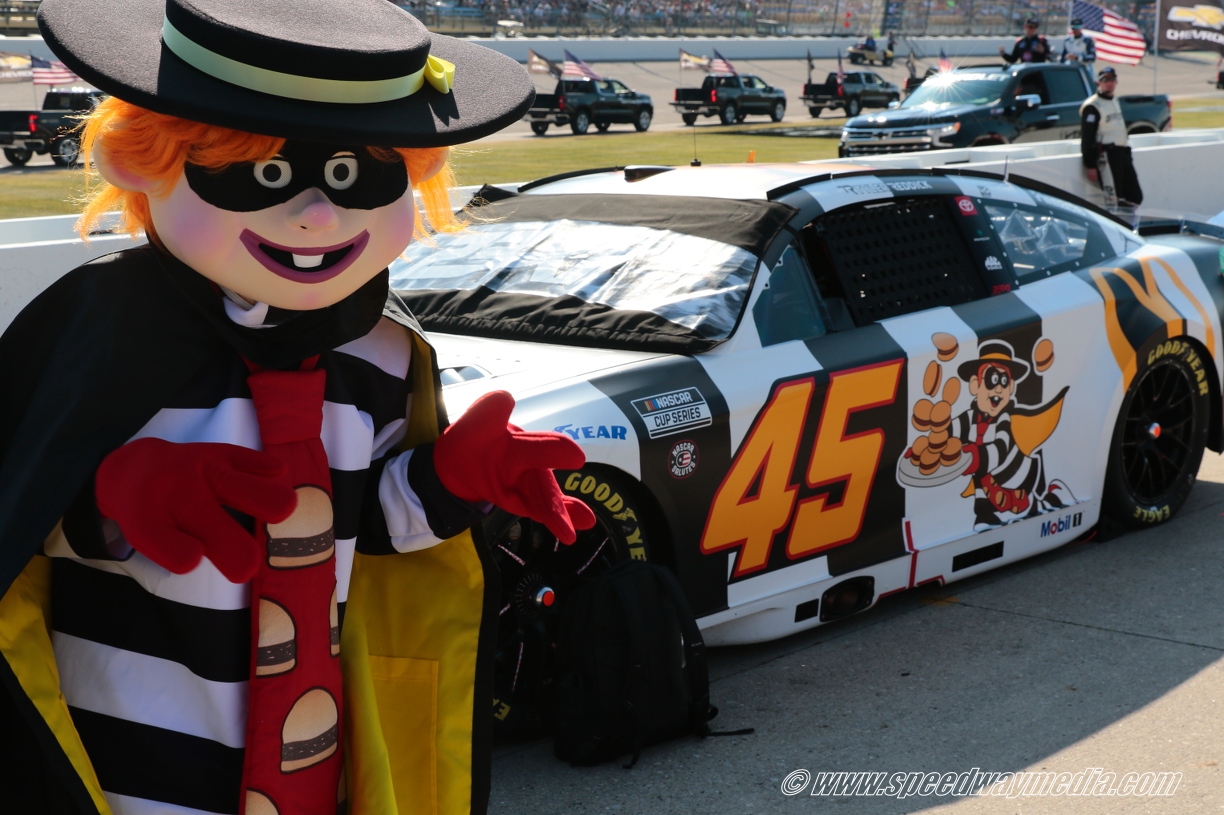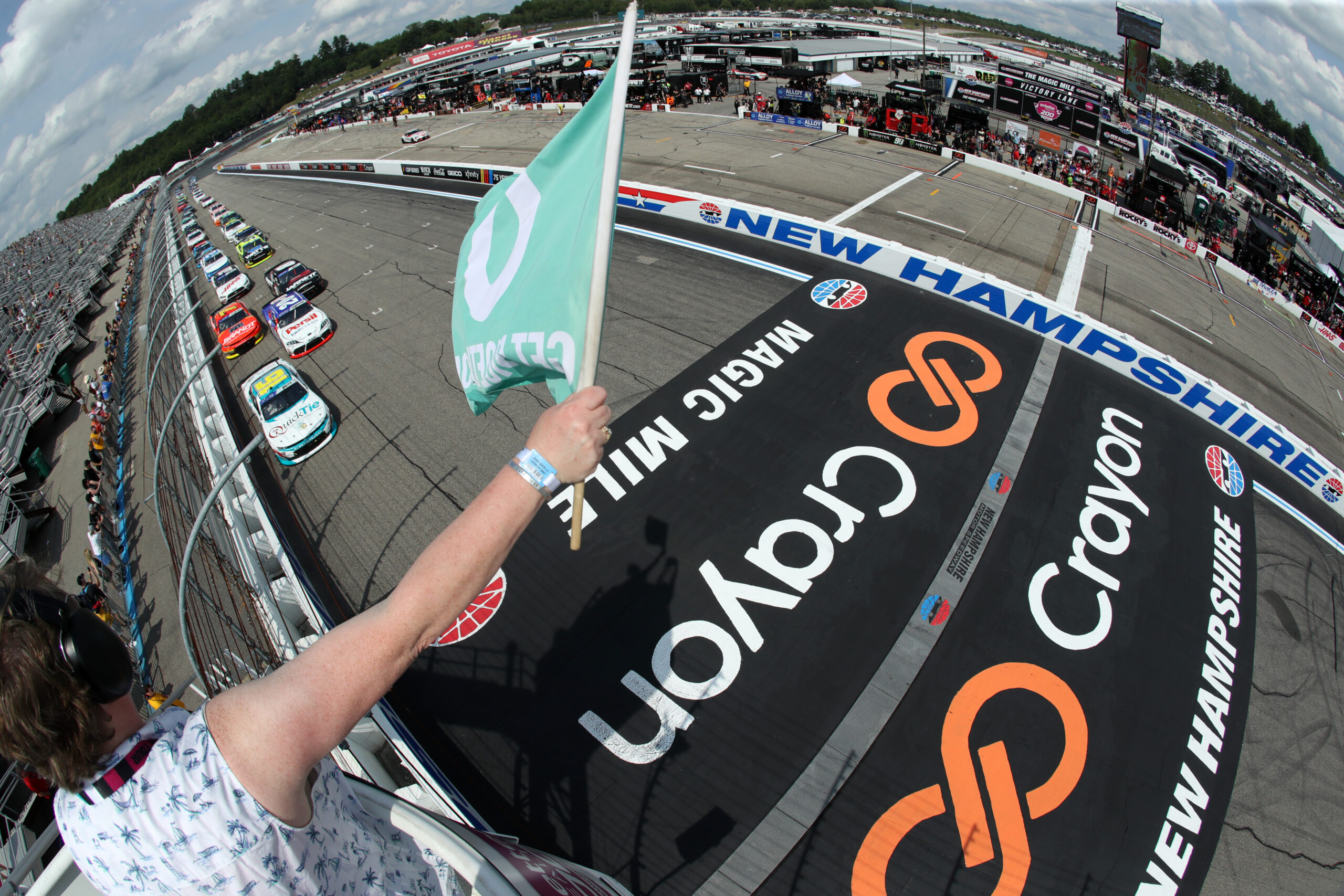Choosing the right suspension lift kit for your vehicle can be a game-changer for both on-road and off-road experiences. There’s no one-size-fits-all solution, so understanding the ins and outs of lift kits is essential.
The key to selecting the perfect lift kit lies in determining your specific needs and how you plan to use your vehicle.
A lift kit can enhance your vehicle’s appearance, performance, and functionality. From tackling rugged terrains to achieving that aggressive stance, the right lift kit can make a significant difference.
By factoring in your vehicle type, suspension specifications, desired tyre size, and budget, you can make an informed choice that meets your expectations.
Don’t rush the decision. Research thoroughly and consider consulting with experts to ensure you select the best suspension lift kit for your vehicle.
With the right preparation, you’ll be better equipped to make a choice that brings out the best in your vehicle’s capabilities.
Key Takeaways
- Determine your specific needs before choosing a lift kit.
- Research vehicle type, suspension, tyre size, and budget.
- Consulting with experts can help make an informed decision.
Understanding the Basics of Lift Kits

Choosing the right lift kit depends on understanding the different types, comparing suspension and body lifts, and knowing the essential components.
Different Types of Lift Kits
Lift kits can be broadly divided into two categories: body lift kits and suspension lift kits.
Body lift kits raise the vehicle’s body from the frame without altering the suspension system. These typically offer an additional 1-3 inches of clearance and are often more affordable.
They use blocks and spacers to add extra height, keeping the ride quality similar to the original.
Suspension lift kits, on the other hand, modify the vehicle’s suspension system to provide a lift. This could range from 2 inches to over 12 inches.
These kits often include new coil springs, struts, and other components to handle the increased height. This type of lift is ideal for improving off-road performance as it provides better ground clearance and articulation.
Comparing Suspension and Body Lifts
When comparing suspension lifts and body lifts, there are several factors to consider:
- Lift Height:
- Body lifts generally provide up to 3 inches of lift.
- Suspension lifts can offer greater heights from 2 to 12+ inches.
- Cost:
- Body lifts are typically cheaper as they require fewer parts.
- Suspension lifts are costlier but offer more extensive modifications and improved performance.
- Performance:
- Body lifts maintain the stock suspension setup, so they don’t drastically alter the ride.
- Suspension lifts improve off-road capabilities, offering better ground clearance and suspension articulation.
- Installation:
- Body lifts are usually simpler to install as they involve adding spacers and blocks.
- Suspension lifts are more complex and may require professional installation.
Essential Components of Lift Kits
Understanding the components included in lift kits is vital:
- U-Bolts: Used to attach the lift blocks to the vehicle, providing secure fitment.
- Coil Springs and Leafs: Part of suspension lift kits, enhancing the lift and supporting the vehicle’s weight.
- Struts and Shocks: Ensure that the lifted vehicle maintains ride quality and handling.
- Spacers and Blocks: Common in body lift kits, these components provide the extra height needed without altering the stock suspension system.
Different kits may come with various additional accessories, depending on the lift height and intended use. For example, some high-end kits may include control arms and track bars to fine-tune suspension geometry.
Understanding these basics helps us make informed decisions, ensuring the lift kit we choose meets our driving needs and preferences.
Factors to Consider When Choosing a Lift Kit

Choosing the right suspension lift kit depends on several critical factors. We need to evaluate compatibility, quality, brand reputation, intended use, and budget to make an informed decision.
Determining Your Vehicle’s Compatibility
First, we must ensure that the lift kit is compatible with our vehicle’s make, model, and year. Different vehicles have various suspension types, and not all kits will fit every vehicle.
It’s important to know our vehicle type, whether it’s a truck or SUV, and its factory suspension specifications.
Installing an incompatible lift kit might lead to poor performance and even damage the vehicle. Checking the manufacturer’s guidelines can help us find the best match for our vehicle’s needs.
Assessing Lift Kit Quality and Brand Reputation
When selecting a lift kit, focusing on quality and the reputation of the brand is crucial. Reliable brands often use durable materials, such as high-quality steel for components like U-bolts.
We should look into customer reviews and ratings to gauge performance and longevity.
Trusted brands like Pedders Suspension and others in the market provide excellent products that withstand tough conditions.
Ensuring that a kit comes with a warranty can also give us peace of mind.
Evaluating Off-Road Requirements and Driving Habits
Understanding our driving needs will guide us in choosing the appropriate lift height and type. If we plan to do serious off-roading, a suspension lift kit that increases ground clearance and enhances traction is ideal.
For casual driving or light-duty off-roading, a leveling kit might suffice.
Assessing our usual driving habits will help us balance between an aggressive stance and comfortable ride quality. It’s also vital to consider how much towing and hauling we’ll do, affecting the choice of lift kit.
Budget Considerations and Potential Long-Term Costs
Our budget is a significant factor in choosing a lift kit. High-quality kits can be pricey, but they often offer better durability and performance. We must also factor in potential long-term costs like tyre wear, fuel efficiency reduction, and maintenance.
While it can be tempting to choose cheap suspension kits to reduce upfront costs, it’s important to consider how material quality and component durability may affect long-term performance and reliability.
Cheaper kits might save money initially, but they could lead to higher costs down the road due to frequent replacements or repairs. Evaluating the benefits against the initial and ongoing expenses will ensure we make a cost-effective decision.
Installation and Maintenance of Your Lift Kit

Correct installation and regular maintenance of your suspension lift kit are essential to ensure optimal performance and longevity. We’ll cover everything from preparing your vehicle for installation to maintaining your lift kit post-installation.
Preparing for the Installation Process
Before beginning the installation, gather all the necessary tools and materials. You’ll need a jack, wheel chocks, a torque wrench, and specific parts such as lift blocks, bolts, and longer driveshafts if required.
Ensuring your tools are in good working condition can prevent delays. We need to secure the vehicle on a flat surface using wheel chocks to avoid movement.
Disconnect the drivetrain and remove the shock absorbers. This helps create the space needed for the installation later. Always follow the lift kit’s instruction manual carefully as each kit has specific requirements.
Step-by-Step Lift Kit Installation
Start by slowly lifting the vehicle with a jack until the tyres are off the ground. Remove the previous suspension components, including springs and shocks. Install the new lift blocks or rear springs, ensuring they are securely fastened with bolts.
Next, attach the new shock absorbers compatible with the lift kit.
Reinstall the drivetrain components, making sure to correctly adjust them for the new height and to avoid affecting the suspension travel or axle alignment. Tighten all bolts to the specified torque to ensure they are firmly fixed, preventing future issues during driving.
Maintenance Tips Post-Installation
After installing the lift kit, regular maintenance is crucial. Check the bolts periodically to ensure they have not loosened over time.
Also, inspect the shock absorbers, springs, and other components for wear and tear. Look for any signs of rust or damage which could affect performance.
It’s also important to realign the vehicle’s wheels to maintain ride quality and safety. Maintaining the right spring rate can help avoid overly stiff or loose suspension. If you use your vehicle for off-road performance, remember to check for debris or damage after each trip.
Regular maintenance helps keep the lift kit and your vehicle in top condition.
Frequently Asked Questions

When choosing a suspension lift kit, it’s crucial to consider the specific needs and goals for your vehicle. We address common concerns and comparisons between available options to help make the right choice.
What factors should be considered when selecting a suspension lift kit?
We must consider the vehicle’s make and model, budget, intended use, and the desired lift height.
The type of terrain you’ll be driving on and whether the vehicle will be used for daily driving or off-roading are also important.
Can you compare the advantages and disadvantages of body lifts and suspension lifts?
Body lifts are more affordable and easier to install but only lift the body and not the suspension. This limits off-road capability.
Suspension lifts provide better ground clearance and improved off-road performance but are more expensive and complex to install.
What distinguishes different types of lift kits, and how does that affect vehicle performance?
There are body lifts and suspension lifts.
Body lifts increase clearance between the chassis and the body, while suspension lifts increase clearance between the axles and chassis.
Suspension lifts enhance off-road performance and handling, while body lifts maintain more of the stock ride quality.
How does one determine the appropriate lift kit size for their vehicle’s requirements?
It’s important to measure the vehicle’s current height and decide how much additional clearance is needed.
Check the manufacturer’s recommendations and consider the dimensions of the tyres you wish to install.
Ensure the suspension components can handle the added height and weight.
What are the implications of installing a 2-inch lift kit on vehicle dynamics?
A 2-inch lift kit typically improves ground clearance and provides a more aggressive stance without significantly affecting handling or ride quality.
However, it can alter the vehicle’s centre of gravity, potentially impacting stability, especially during sharp turns or abrupt manoeuvres.
Which brands are known for providing the best quality suspension lift kits?
Brands like Pedders Suspension are renowned for their high-quality suspension lift kits. These brands offer durable components, comprehensive kits, and strong warranties. This makes them reliable choices for enhancing vehicle performance and appearance.







